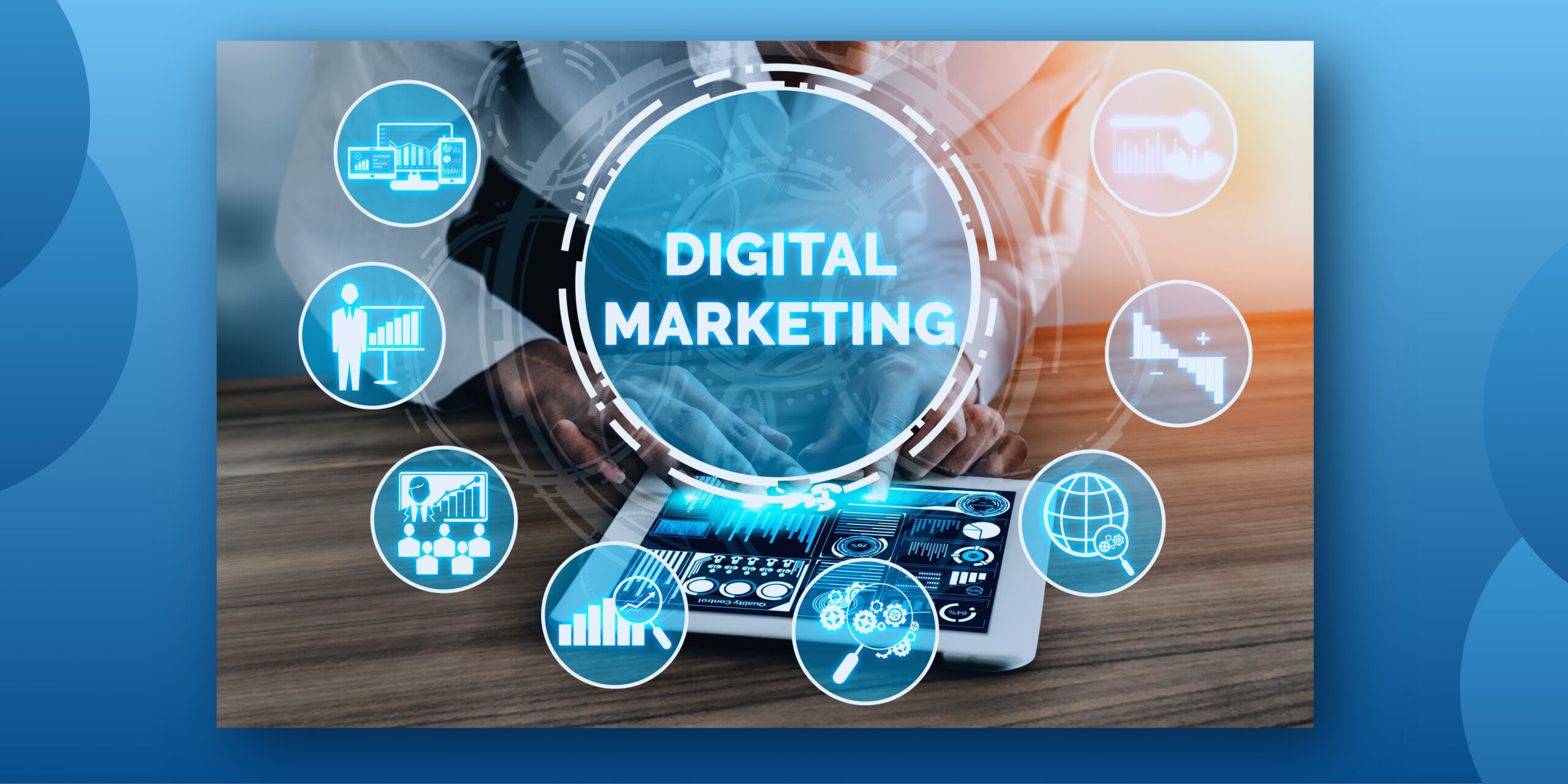As the speed of the digital frontier changes, businesses need to do more than just “be online.”
The point of success that you get to when you are able to comprehend and use these essential digital marketing components together is a rock-solid, result-oriented digital marketing strategy.
As a startup, or even as a brand going through the motions, understanding these key components can help your visibility, audience engagement, and growth skyrocket.
Essential Digital Marketing Components
Here’s a deep dive into the core elements of digital marketing components and types that every business ought to be aware of, and why each of them is important.
Search Engine Optimisation (SEO): The Driver of Visibility
SEO is at the base of any digital marketing strategy — it is the process of optimising your website and content to be discovered on search engines such as Google. SEO covers multiple areas:
- On-page SEO (Title Tags, Description tags, etc)
- Off-page SEO (backlinks and external authority)
- Technical SEO (site speed, mobile friendliness, etc.)
The goal is to get new potential customers who can find your business on their own when they’re in the market for products or services you offer.
Content Marketing: The Trust Builder
They often say that content is the king of digital marketing, and with good reason. Content marketing is a strategic marketing approach focused on creating and distributing valuable, relevant, and consistent content to attract and retain a clearly defined audience — and, ultimately, to drive profitable customer action. This could include:
- Blog posts
- Case studies
- E-books
- Infographics
- Videos and webinars
Good content doesn’t just establish your brand as an expert – it also assists in SEO, helps in keeping the audience’s attention, and nudges them along your sales funnel.
Social Media Marketing: It’s all About Being Engaging
From Facebook & Instagram to LinkedIn & Twitter, social media marketing means your company can engage with your target audience where they are already spending their time.
Effective social media marketing includes:
- Creating platform-specific content
- Running targeted ad campaigns
- Responding to comments and messages received from followers
- Monitoring analytics to refine strategies
Done well, it can drive brand awareness, website traffic, and even direct sales.
Pay-Per-Click Advertising (PPC): Quick Booster
Organic tactics are long-term and take time to do their job, while PPC advertising delivers instant visibility through the placement of ads on Google Ads and social media. You only pay when someone clicks on your ad.
It’s all very measurable, and PPC is able to target by:
- Demographics
- Keywords
- Interests
- Locations
PPC is a necessary element of digital marketing for companies looking for instant results.
Email Marketing: The Retention Powerhouse
Despite the fact that we are living in the age of social media, email marketing continues to be one of the most budget-friendly digital marketing strategies. It helps:
- Nurture leads
- Promote products or services
- Announce news and updates
- Build long-term relationships
With the power of 1:1 personalisation and automation, you can send the right message to the right person at the right time.
Web Design: UX – The Conversion Facilitator
You could drive all the traffic in the world, and it won’t make a lick of difference if your website fails to convert visitors to customers. Your website should:
- Load quickly
- Be mobile-friendly
- Offer intuitive navigation
Add CTAs (calls to action) that drive action. Don’t present a dead-end copy.
Solid UX (User Experience) design keeps people on your site longer and helps them navigate through your conversion funnel.
Analytics & Reporting: The Performance Checker
Digital marketing isn’t guesswork. Here’s what businesses are able to track using tools like Google Analytics:
- Website traffic
- User behavior
- Campaign performance
- ROI
Reporting on a consistent basis helps you determine what’s working and what’s proving less effective, so that your marketing efforts continue to be informed by data.
Why are these digital marketing elements essential?
Working together, these digital marketing parts function as gears in a machine. When aligned, they help you:
- Improve online visibility
- Engage with your audience in real and meaningful ways
- Drive qualified leads and conversions
- Strengthen brand credibility and loyalty
For businesses hoping to succeed online, a knowledge of and ability to cultivate and support these are no longer optional—they’re necessary.
Conclusion
Learning the intricacies of these digital marketing parts is the formula to success in today’s competitive environment.
When mixing SEO, content marketing, PPC, social media, email marketing, user experience (UX) design, and the like, the result is a strategy that is both holistic and outcome-oriented.
Read More: Ultimate Guide to Digital Marketing Services Every Brand Needs
FAQs
Q1: What is the most important digital marketing component for beginners?
The reason SEO is a great place to start is that you can build organic visibility and you’re laying a solid foundation to do a few other things down the line in the month or two ahead.
Q2: Can I do digital marketing myself, or should I hire an agency?
Sure, you can DIY some of the basics, but you want a pro on that strategy and execution, plus in your corner, measuring the results.
Q3: How does content marketing help SEO?
Good keyword-rich content gets better search engine rankings and organic traffic.
Q4: Are social media ads better than Google Ads?
Each has its strengths: Social media ads are great for brand engagement; Google Ads go after active search intent.
Q5: How often should I review my digital marketing strategy?
At least every quarter—but ideally every month, particularly when running paid campaigns or testing new tactics.


1 Response on this post